What Are Bonded Magnets Understanding the Basics
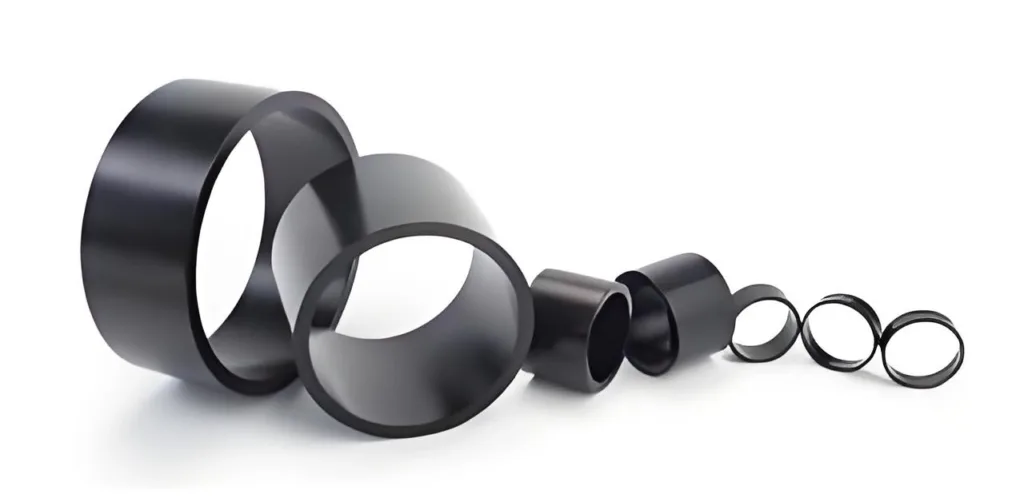
Bonded Magnets
Bonded magnets are a versatile type of permanent magnet made by combining magnetic powder with a binding material. Unlike traditional magnets that are fully dense and rigid, bonded magnets blend magnetic particles—often materials like neodymium, ferrite, or samarium cobalt—with a polymer or resin binder to create a flexible composite. This mixture allows the magnets to be formed into complex shapes and sizes using various manufacturing techniques such as injection molding or compression bonding.
Core Composition and Structure
At the heart of bonded magnet is finely ground magnetic powders, including bonded NdFeB magnets, mixed with resin binders. This composite structure yields magnets that are isotropic or anisotropic—meaning their magnetic properties can be uniform in all directions or aligned for more strength, depending on the application. The binder holds the particles together, providing mechanical strength and flexibility, while the magnetic powders supply the essential magnetic force.
How Bonded Magnet Differ from Sintered Magnet
Bonded magnet differ significantly from sintered magnet in both structure and manufacturing:
- Density and Strength: Sintered magnets are made by pressing and heating magnetic powder to create a dense, rigid block, resulting in very high magnetic strength but limited flexibility. Bonded magnets have lower density but greater flexibility and design freedom.
- Manufacturing Complexity: Bonded magnets allow for net-shape magnet manufacturing, enabling intricate geometries without the machining waste common in sintered magnets.
- Material Usage: Bonded magnets can use magnetic powder from recycled materials or scrap, making them more cost-effective and environmentally friendly compared to sintered magnets.
In sum, bonded magnet stands out for their adaptability and ease of production, even if they don’t match sintered magnets in maximum magnetic force. For those looking to balance performance, cost, and design versatility, bonded magnet offers a compelling option. For a deeper dive into different magnet types and their uses, NBAEM offers a detailed guide on magnets used in industrial applications.
The Manufacturing Process From Powder to Precision Magnet
Making bonded magnet starts with magnetic powder—usually a mix of neodymium, iron, boron, or ferrite materials depending on the type of magnet needed. This powder gets combined with a binder, which holds everything together, creating what’s called a permanent magnet composite. The binder can be a plastic or resin, crucial for giving bonded magnets their unique shape and flexibility.
There are two key methods for shaping bonded magnet: injection molding and compression bonding. Injection molded magnets use heated plastic and magnetic powder, injecting the mix into molds for complex shapes and tight tolerances. Compression bonded magnets, on the other hand, press the magnetic powder and binder mixture into a die with high pressure, making strong, dense magnets ideal for simpler shapes. Both methods allow for net-shape magnet manufacturing, reducing the need for extra machining.
Material selection matters a lot. For example, choosing bonded NdFeB magnets offers high magnetic performance for applications like automotive bonded magnets, while hybrid ferrite NdFeB magnets can balance cost and strength. Optimization means tweaking the powder size, binder type, and molding conditions to get the best magnetic properties and durability.
This precise control in manufacturing lets bonded magnets fit into all kinds of designs, from small components in electronics to bigger industrial parts. For more on magnet materials and their properties, check out magnets materials.
Types of Bonded Magnets Choosing the Right One for Your Needs
When picking bonded magnets, it helps to understand the options based on their magnetic material and physical form.
By Magnetic Material
- Bonded NdFeB Magnets: These are popular for strong magnetic power in a small size. Made from neodymium powder mixed with binders, they offer a good balance of strength and flexibility. You’ll often find these in electronics and automotive bonded magnets.
- Hybrid Ferrite NdFeB Magnets: These combine ferrite and neodymium powders, which can give you a cost-effective option with decent magnetic performance for less demanding uses.
- Permanent Magnet Composites: These use different blends of magnetic powders and plastics or resins, useful when precise shape or special properties are needed.
By Form and Properties
- Injection Molded Magnets: Great for complex shapes and high-volume production. The magnetic powder is blended with a binder and injected into molds, allowing for net-shape magnet manufacturing.
- Compression Bonded Neodymium Magnets: Made by pressing magnetic powder in a mold, they offer better magnetic performance than injection molded types but less flexibility in shape. They’re great when you need stronger magnets but still want some design freedom.
- Isotropic vs Anisotropic Magnets: Isotropic bonded magnets have magnetic properties in all directions, making them easy to work with but less powerful. Anisotropic types are aligned during manufacturing to have stronger, directional magnetism. Pick anisotropic magnets when strength matters most.
Choosing the right bonded magnet depends on your project’s size, shape, strength needs, and budget. Understanding these categories will help you find the best fit for your application.
Advantages and Limitations of Bonded Magnet
Key Benefits
Bonded magnet comes with several advantages that make them a go-to choice for many industries in the US:
- Design Flexibility
Easily molded into complex shapes using net-shape magnet manufacturing processes like injection molding or compression bonding. This saves time and reduces waste. - Cost-Effective Production
Lower manufacturing costs compared to sintered magnets due to less machining and energy use. - Lightweight and Strong
Bonded NdFeB magnets combine magnetic powder with binders for a durable yet lighter permanent magnet composite. - Isotropic Magnetic Properties
Many bonded magnets are isotropic, meaning they can be magnetized in any direction, adding versatility. - Corrosion Resistance
The binder protects magnetic powders from moisture and oxidation, enhancing durability without needing heavy coatings.
Potential Drawbacks and Mitigations
No product is perfect. Here’s what to watch for with bonded magnets and how to work around these issues:
| Limitation | Explanation | Mitigation |
|---|---|---|
| Lower Magnetic Strength | Compared to sintered magnets, bonded types have lower max energy products. | Use hybrid ferrite NdFeB magnets or optimize powder content for stronger fields. |
| Temperature Sensitivity | Bonded magnets often have limited high-temp performance. | Select materials designed for higher temps or add special binders for stability. |
| Mechanical Strength | Generally less hard and more prone to wear. | Apply protective coatings or select compression bonded neodymium for improved toughness. |
| Limited Anisotropy Choices | Some forms mainly offer isotropic magnets, limiting performance in some applications. | Use anisotropic bonded magnets where directional magnetic properties are required. |
Bonded magnets fit many applications well, especially in automotive bonded magnets and consumer electronics, where shape complexity and cost matter more than maximum magnetic strength. Knowing the trade-offs helps you pick the right magnet for your project.
Real World Applications Where Bonded Magnets Shine
Bonded magnets are everywhere in today’s tech-driven world, especially in industries where precision and flexibility matter. Thanks to their unique properties—like being lightweight, easy to shape, and cost-effective—they fit well in many applications across the U.S. market.
Industry Spotlights
- Automotive: Bonded NdFeB magnets, including compression bonded neodymium types, are widely used in electric vehicles for motors and sensors. Their ability to be molded into complex shapes helps manufacturers save space and weight.
- Electronics: Injection molded magnets provide compact and reliable magnetic solutions in smartphones, headphones, and wearable devices.
- Industrial Machinery: Permanent magnet composites from bonded magnets improve motor efficiency in tools and machines.
- Healthcare: From MRI machines to precision instruments, bonded magnets offer consistency without the brittleness of sintered magnets.
Case Study Teaser
A leading U.S. automotive supplier replaced traditional sintered magnets with hybrid ferrite NdFeB bonded magnets in their electric motor design. This switch improved the motor’s weight-to-power ratio and cut production costs by 15%. The results showcased the power of net-shape magnet manufacturing—delivering high performance with less waste.
These examples highlight just how bonded magnets are shaping industries and opening doors to smarter, lighter, and more cost-efficient technologies.
Future Trends and Innovations in Bonded Magnet Technology
Bonded magnets are evolving fast, with new innovations making them stronger, more versatile, and easier to produce. Here are some emerging developments shaping the future of bonded magnet technology:
-
Advanced Magnetic Powder Binders
New binders improve magnetic performance while making magnets lighter and more flexible. These binders also boost heat resistance, which is critical for automotive bonded magnets used under the hood.
-
Hybrid Ferrite NdFeB Magnets
Combining ferrite and neodymium powders creates magnets that balance cost and strength. This hybrid approach is gaining traction in industries that need magnets with moderate power but lower production costs.
-
Net-shape Magnet Manufacturing
Precision methods like injection molding and compression bonding are reducing material waste and speeding up production. Net-shape manufacturing means magnets come out almost ready to use, cutting down machining and finishing time.
-
Isotropic vs Anisotropic Improvements
New techniques are refining the control over grain orientation, enhancing the performance of isotropic bonded NdFeB magnets. This narrows the gap between bonded and sintered magnets in terms of magnetic strength.
-
Sustainable and Eco-friendly Materials
Research is focusing on reducing the environmental impact of magnet manufacturing by recycling magnetic powders and using greener binders.
These trends are opening up new applications and improving existing ones, especially in electric vehicles, robotics, and consumer electronics. Staying on top of these innovations can help businesses select the best bonded magnets for their needs and tap into future-ready technology.
FAQs Quick Answers to Common Bonded Magnet Questions
What is bonded magnet made of?
Bonded magnet is made by mixing magnetic powders like bonded NdFeB magnets or ferrite with binders such as plastic or epoxy. This creates a composite magnet that’s easy to shape.
How do bonded magnets differ from sintered magnets?
Bonded magnets are formed using a bonding process, often injection molded magnets or compression bonded neodymium, making them less dense but more flexible in shape. Sintered magnets are denser and stronger but harder to shape after production.
Are bonded magnets isotropic or anisotropic?
They can be either. Isotropic bonded magnets have magnetic properties that are the same in all directions, while anisotropic magnets have aligned grains for stronger magnetic performance.
What types of bonded magnets work best for automotive use?
Automotive bonded magnets often use bonded NdFeB due to its strong magnetic properties and the ability to be molded into complex shapes suited for motors and sensors in vehicles.
Can bonded magnets be used in high-temperature environments?
While bonded magnets generally have lower temperature resistance compared to sintered types, selecting the right binder and magnetic powder can improve their heat stability.
Are bonded magnets eco-friendly?
They often generate less waste through net-shape magnet manufacturing, making them a more sustainable choice in many applications.
Where can I learn more about neodymium magnets?
Check out guide to neodymium magnets to explore the details.
If you have more questions about bonded magnets or need advice on the right type for your project, feel free to contact us!

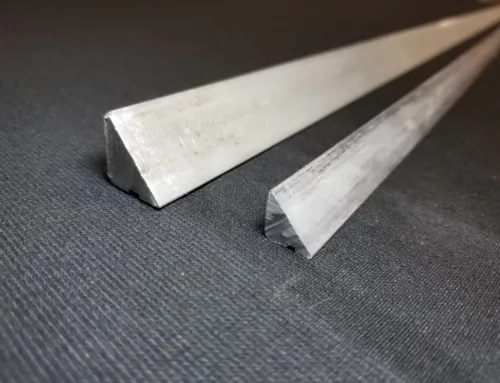
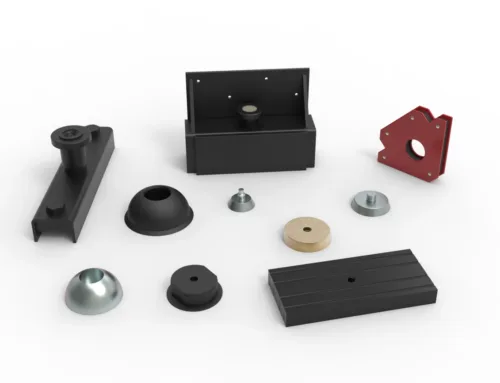
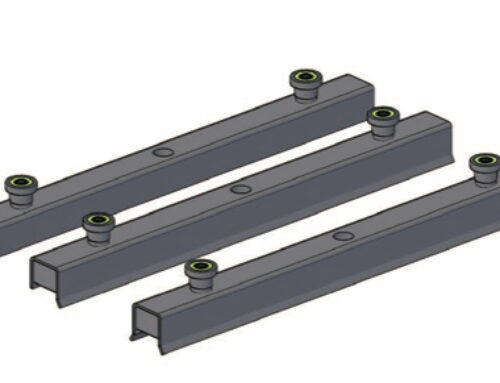
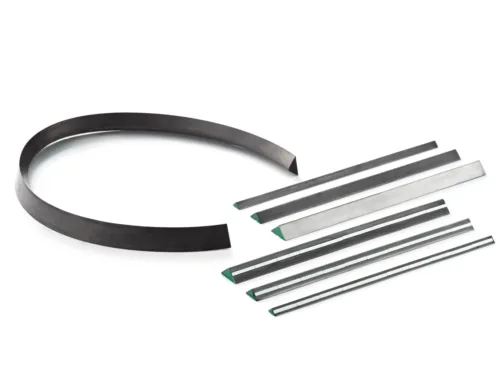
Leave A Comment